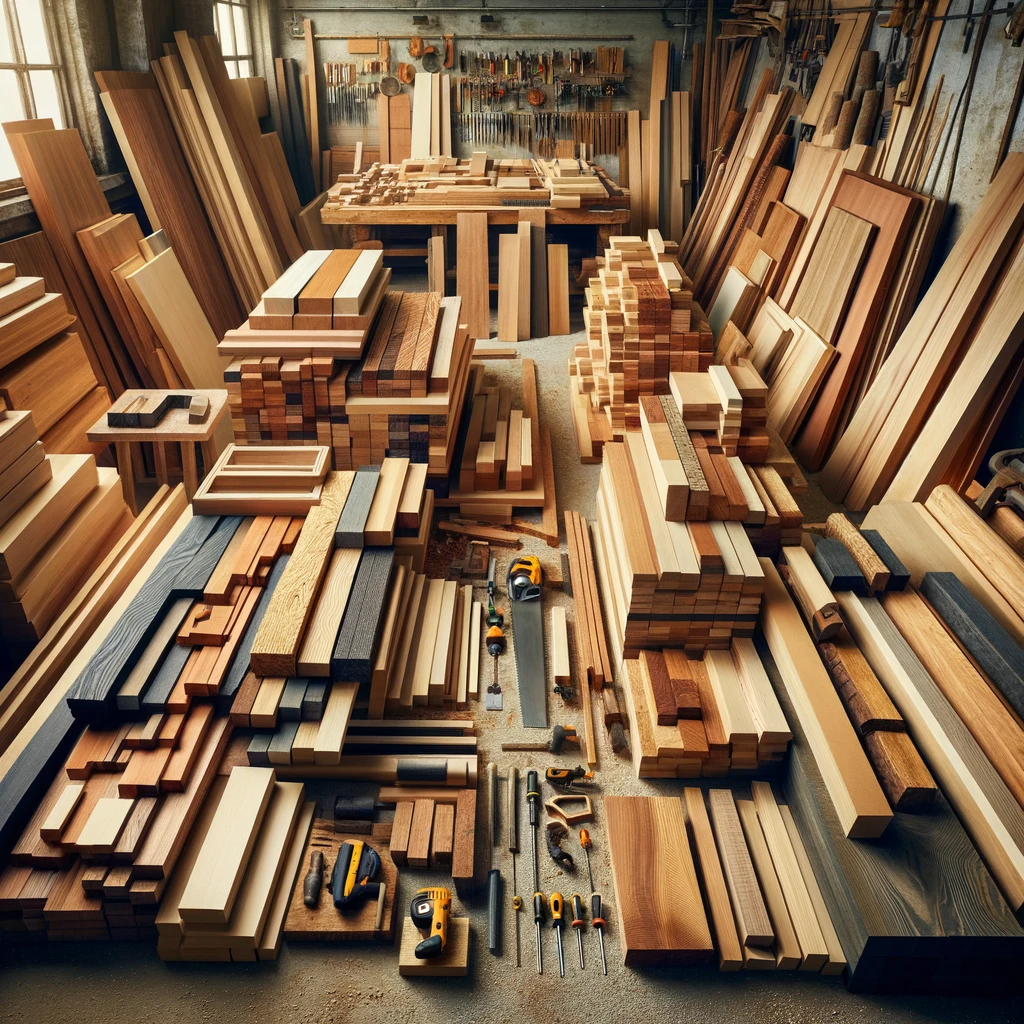If you were a designer offered the opportunity to create furniture for a school in one of the poorest slums in the world, what would you design? It would need to be long-lasting, hearty and simple. Italian designer Giacomo Moor’s recent project in Nairobi, Kenya, illustrates his real-world answer to that question. Tasked with creating furniture for the Why Not Academy, a school in Mathare, one of Nairobi’s oldest slums, Moor collaborated with the Italian NGO LiveInSlums.

Moor’s design philosophy centered on “simplification.” The resulting modular bunk beds, benches, and tables are a testament to this approach. Constructed on-site from locally sourced wood, the furniture requires minimal tools — a chisel, a carpenter’s square, and a pencil. One of the best features of the design is that it includes interlocking joints, eliminating the need for metal fasteners and making the assembly process intuitive and accessible to the local community.
The project, named “Design for Communities,” involved locals in the furniture-making process, ensuring that changes were made on their terms. Kevin Ochieng, a local tile maker, was among those who helped build the prototypes.
While Moor’s designs were very practical, they are also quite lovely to enjoy. They feature clean lines and a padlock system for the joints, contributing to their visual appeal. His approach also considered the availability of materials like eucalyptus wood, ensuring sustainability and adaptability of the furniture for future needs.
After Moor’s return to Italy, Ochieng and others continued the work, maintaining communication with Moor via social media to ensure accuracy. This collaboration highlights the empowerment of local communities through inclusive design practices.
And the success of the program didn’t end with the school. Moor now sells both assembled and disassembled versions of this furniture in Europe, and a percentage of the profits are supporting the Nairobi school. His next venture with LiveInSlums will involve redesigning the school’s kitchen, following the same principle of simplicity and community involvement.
